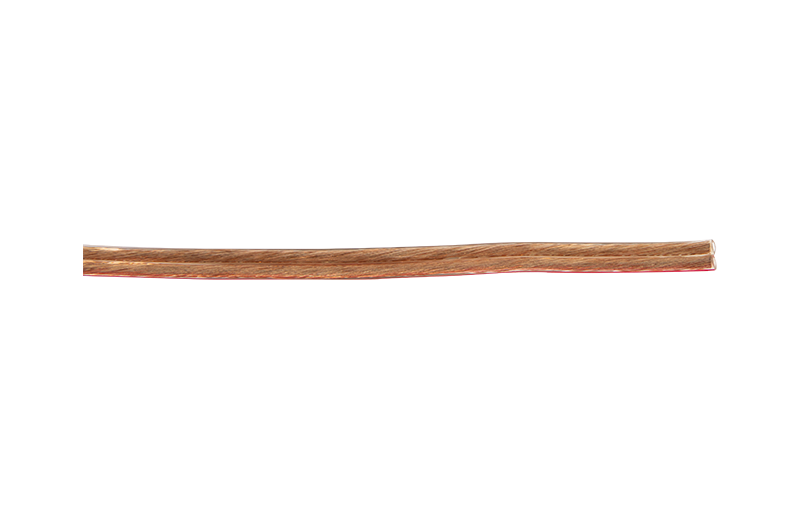Summary:Choosing the right speaker cables is crucial for achieving optimal audio performance in your home theater or audio system setup. Low-voltage speaker c
Choosing the right speaker cables is crucial for achieving optimal audio performance in your home theater or audio system setup. Low-voltage speaker cables play a significant role in transmitting the audio signal from your amplifier to your speakers, ensuring clarity, fidelity, and minimal signal loss. Here are the key features and specifications you should consider when selecting low-voltage speaker cables:
1. Gauge (Thickness)
The gauge of the speaker cable refers to the thickness of the conductor inside the cable. It is typically measured in American Wire Gauge (AWG), with lower gauge numbers indicating thicker cables. Thicker cables have lower resistance and can carry more current over longer distances without signal degradation.
General Rule: For shorter distances (under 50 feet), 16 AWG cables are often sufficient for most home audio setups. For longer distances or higher power requirements, consider 14 AWG or even 12 AWG cables to minimize signal loss.
2. Conductor Material
The conductor material directly affects the cable's conductivity and overall performance. Copper is the most common choice due to its excellent electrical conductivity.
High-Purity Copper: Look for cables made from high-purity oxygen-free copper (OFC) or oxygen-free, high-conductivity copper (OFHC). These materials reduce signal loss and ensure clearer audio transmission compared to lower-quality copper or aluminum cables.
3. Insulation Material
The insulation material protects the conductors from environmental factors and interference, ensuring stable signal transmission.
Types of Insulation: PVC (Polyvinyl Chloride), PE (Polyethylene), and Teflon (PTFE) are common insulation materials. PVC is cost-effective and provides basic protection, while PE and Teflon offer better durability and resistance to heat and moisture, ideal for more demanding environments.
4. Stranding
Stranding refers to the number of smaller wires (strands) within each conductor. Higher stranding counts enhance flexibility and durability.
Benefits of Higher Stranding: Cables with more strands are more flexible and less prone to breakage when bent or moved. This flexibility is particularly beneficial for installations that require cables to navigate tight spaces or corners.

5. Length
Consider the distance between your amplifier and speakers when choosing cable length. Longer lengths can introduce more resistance and signal loss, requiring thicker gauge cables.
Calculating Length: Measure the actual distance the cable needs to cover, considering any twists, turns, or elevation changes. It's better to slightly overestimate than to have cables that are too short.
6. Impedance Matching
Matching the impedance of the speaker cables to that of your speakers and amplifier helps maximize power transfer and audio fidelity.
Impedance Considerations: Ensure the low-voltage speaker cables' impedance is compatible with your audio equipment. Incorrect impedance matching can result in reduced sound quality or even equipment damage.
7. Connector Type
The type of connectors at each end of the cable affects ease of installation and connection reliability.
Common Connectors: Banana plugs, spade connectors, and bare wire ends are typical choices. Choose connectors that are compatible with your speakers' and amplifier's terminals for a secure and stable connection.
8. Flexibility and Durability
Flexible and durable cables are easier to install and less likely to break or wear out over time.
Flexibility: Flexible cables are easier to route around furniture, corners, and through walls or ceilings during installation.
Durability: Look for cables with durable outer jackets and strong insulation materials that protect against wear, abrasion, and environmental factors.
9. Cost
Consider your budget while balancing it with the quality and performance required for your audio system.
Quality vs. Cost: Higher-quality materials and construction often result in better sound quality and longer cable life. However, there are affordable options available that can still provide satisfactory performance for less demanding setups.
